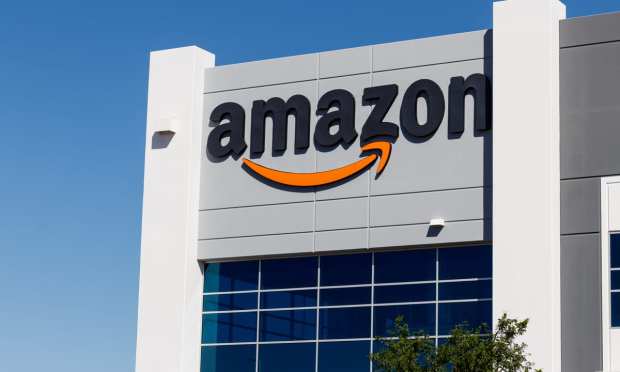Amazon Aims To Bring Malls To Last-Mile Fulfillment Strategy

In the bid to refashion commerce, Amazon has been a juggernaut. The pandemic, of course, has strained even the online giant’s logistics capabilities. Among the efforts to shorten delivery times and address consumers’ expectations that just about everything be dropped on the doorstep, Amazon has been building out its transportation network, and even has been buying planes.
In further evidence of beefing up its delivery efforts, as reported by NBC News, Amazon has been buying up shopping malls, left largely empty by the very eCommerce digital shift that has been both caused by and beneficial for the firm itself. By buying these malls, the company intends to turn them into distribution centers. In March, for example, Amazon gained approval to convert a Louisiana mall into a 3.4 million square-foot distribution center. Per data from Coresight Research, between 2016 and 2019 the firm converted more than two dozen shopping malls.
Vince Tibone, lead retail and industrial analyst at real estate analytics firm Green Street, told NBC, “The reality is that the cash flow at these lower-quality malls is declining rapidly. You have to decide, ‘Do I want to do something myself to invest a lot of money to transform this dead retail into thriving retail or put up offices?’ Selling a dead mall as land is a more attractive option.”
The threat to what might be thought of as the traditional brick-and-mortar retail model is significant. As reported by PYMNTS earlier this month, a UBS report estimates that as many as 80,000 U.S. retail stores, or about 9 percent of the country’s total, could close by 2026. At the same time, eCommerce could rise to 27 percent from a current 18 percent.
Crumbling Brick And Mortar
That would be a blow to the roughly 115,000 shopping centers, including strip centers, malls, outlet and other locations in the U.S. But it might spell opportunity for Amazon (and, we note, other eCommerce players), to expand their logistics operations without having to try to build those footprints, while getting the space at what might be advantageous prices in distressed markets.
As reported in August of last year, Simon Property Group, the nation’s largest mall owner, had been in negotiations with Amazon to transform some properties into fulfillment centers. In another hint as to what Amazon might do with more physical footprint, it was reported earlier this month that Amazon has considered launching a chain of discount home goods and electronics stores.
“It’s a way to be able to clean out warehouses, and get through inventory without having to destroy it,” said an Amazon insider, as reported by Bloomberg. “It is keeping with the value proposition of Amazon, keeping price at the forefront and allowing customers to get access to products at low cost.”
During the fall, reports surfaced that Amazon plans to open 1,000 mini delivery hubs in suburbs and cities across the country. Those hubs, according to reports, would speed up delivery times.
